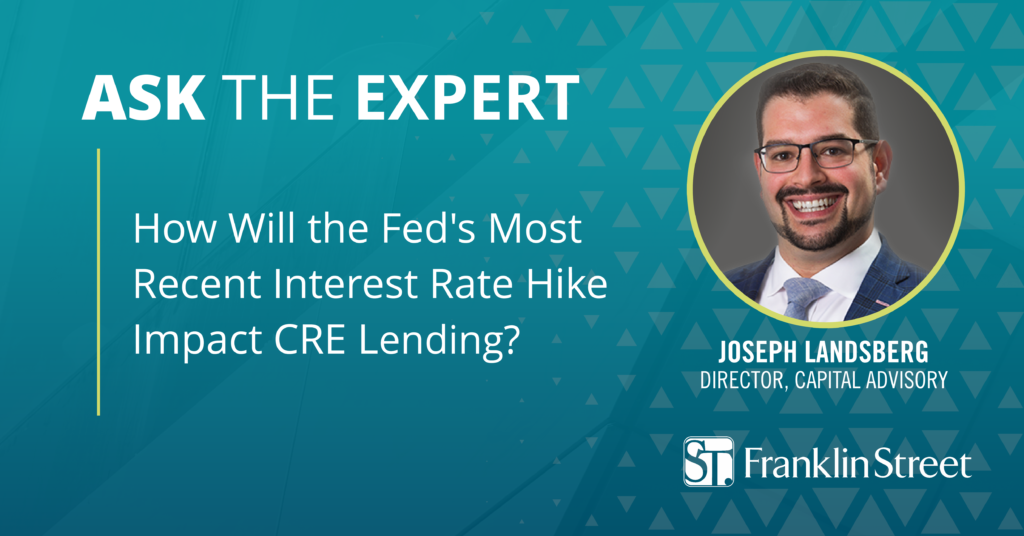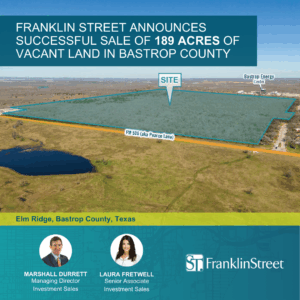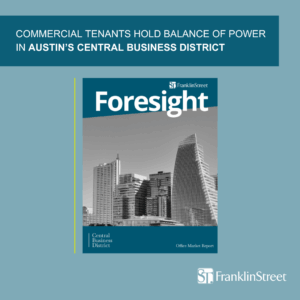By Joseph Landsberg, Director, Capital Markets
On July 27, Fed Chair Jerome Powell announced that the Federal Reserve has decided to raise interest rates by 75 basis points, making this the second time in 2022. The Federal funds rate is the benchmark for the majority of interest rates, and the Fed will raise it to between 2.25-2.5%, a sharp increase from the 1.5-1.75% rate it is at currently. This is designed to slow down soaring inflation, which at a rate of roughly 9% is the highest this country has experienced since 1981. Costs of everyday goods and utilities, such as food, gasoline, and electricity, are incredibly high all over the world right now.
Chairman Powell doesn’t think the U.S. is in a recession, citing low unemployment rates and higher wages to support this argument. The next opportunity to raise interest rates for the Fed comes at the end of September, and Powell is prepared to raise the interest rates again if this action proves insufficient to curbing inflation.
Unfortunately, debt markets will be negatively impacted by this. When the cost of borrowing money is high, it discourages investors from taking out new mortgages, which is harmful to the real estate industry. Home sales have already fallen 8.6% from May to June, a definite cause for concern among real estate investors.
The Prime rate, currently at 4.75%, usually works in lockstep with the Fed fund rate so we should see a similar increase shortly. Construction lending will mostly be affected by this as well as any Balance Sheet Lenders that use the Prime rate as their primary lending index. Additionally, the T-Bills and SWAP rates will see some eventual movement, although nowhere near as high as the Fed rate, and this is where the uncertainty lies.
The last time the U.S. faced this level of inflation in 1981, the Fed rose interest rates up to over 15%, which sent the economy into a recession that lasted about a year. On the bright side, Americans can be hopeful that this action will lead to lower prices for consumers, and the economy can get roaring again soon.
Sources:




